Imagine this….
You are in India in the 1960s, 70s and 80s…
The best things in the world would come to you in only three colours – white, black and different shades of grey.
Your newspapers, the television, most movies and also the game of cricket that Indians are crazy about, could all be seen in only variations of these three colours.
This era is different.
We are living in a very colourful generation.
The newspapers – almost all pages in them, are now in colour. Black and white television sets are now of vintage value. Think about any movie made in black and white; except Schindler’s List – which intended to give its audience a different feel.
Ever since, cricket got the colour uniform format, the game moved on to make money for itself and others in the industry.
That is what colours are all about.
It can change the way generations think!!!
Today every individual can use colours and design anything the way they want. You choose the colours you want in your mobile screen, even alter the colours of pictures you have clicked, and choose the colours of emoticons you want to send via WhatsApp.
A person, who wants to play in life, should know how to play with colours.
Even children like to explore with colours. Give them a white sheet of paper and the imagination of the child can bring creativity to its optimum level.
Let us look at the Indian culture and how its festivals use colours in different formats.
First, the festival of colours – Holi.
This festival is connected directly to colours. For ages, this festival has been celebrating Lord Krishna, Radha and the Gopis.
Then comes the festival of festivals – Diwali.
The colours can be seen in different forms – Rangoli and its various shapes and patterns, the fireworks in different colours. And not to forget, the various colourful dresses, one wants to be adorned with, while celebrating the festival.
The next is the nine day festival, Navratri. Each day is designed for a colour. Not only the Devi Maa, is decorated in different colourful ‘sarees’, all the ladies look like Devis too, wearing the same colour dresses on those respective days.
Even our various Gods and Goddess are associated with different colours.
Krishna, the blue boy of Vrindavan is a Peetambar Dhari, the one who wears yellow coloured dress. Then he has the multicolour peacock feather adorning his head.
Shiva, the bare body Kailash resident in the Himalayas, is called Neelkanth, the one having a blue colour throat, having consumed the poison Halahal.
The Goddess of learning Saraswati is associated with white colour, signifying purity and knowledge.
The three Gunas or qualities that a person possesses have also been symbolically depicted with colours. Sattava representing purity – is shown in white colour. Rajas representing action is showcased in red colour, and Tamas – representing dullness in black colour.
When we understand the connection with our mind and colours there is a whole new world that opens up before us.
There is also the philosophy of colours that one can go deep into.
Let us say that we want to colour our new office premises.
The first question to ask is…
What is my company and office going to represent?
Can the choice of the colours reflect the philosophy of my organisation?
Not just the paints we use, even the colours in your logo of your company can say a lot about the company and its thought.
In a research paper by Stanford University regarding philosophy and psychology of colours, it was brought out that,
“Colours are of philosophical interest for a number of reasons. One of the most important reasons is that colour raises serious metaphysical issues, concerning the nature both of physical reality and of the mind”
To that extent while designing the uniforms of various monks in a spiritual organisation, the spiritual leader designed it in the following manner.
White – “When the spiritual seekers come to join my ashram, I have to test their commitment. So for the first two years while they are studying the scriptures with strict discipline, they wear white colour dress, signifying their first stage towards monk hood…”
Yellow – “When their scriptural studies are over, they are being told to go out and take over various centres we have created. They then are given the yellow dress to wear. This shows their second stage of monkhood….”
Orange – “There are many chances that these young monks may get tempted when in the world of activities. When in yellow robes they can even go back from the monkhood they had decided to join. But finally, if they are ready, we give them the orange robes. This signifies, they are now at the highest level of detachment from the world…”
What colours do you want to design your external and internal life with?
Take a call and paint your canvas of life accordingly.
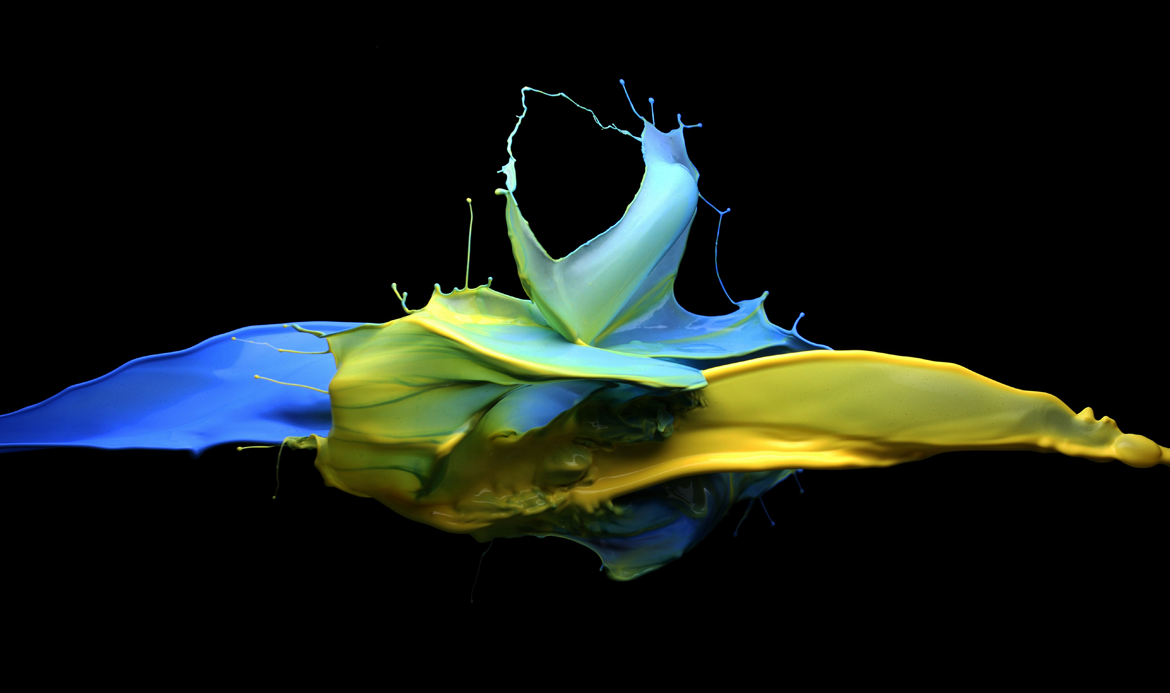

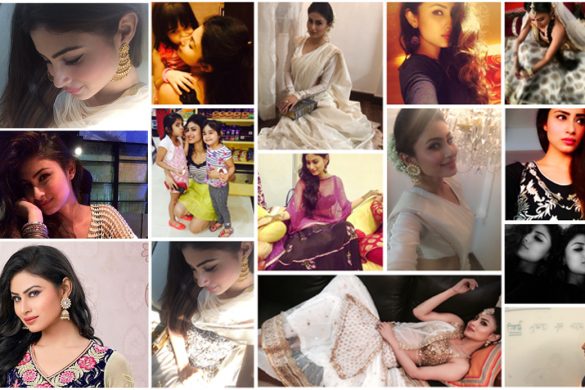
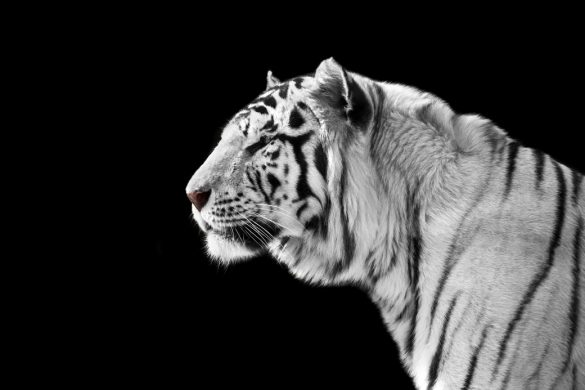
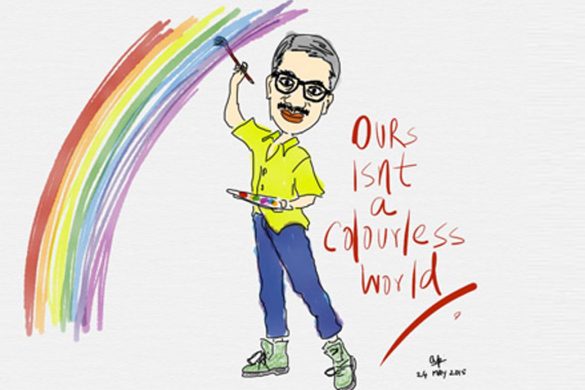
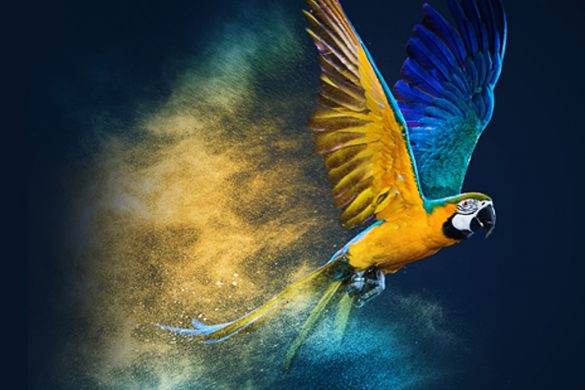
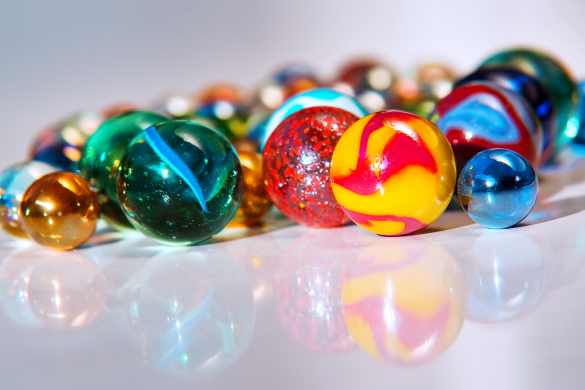
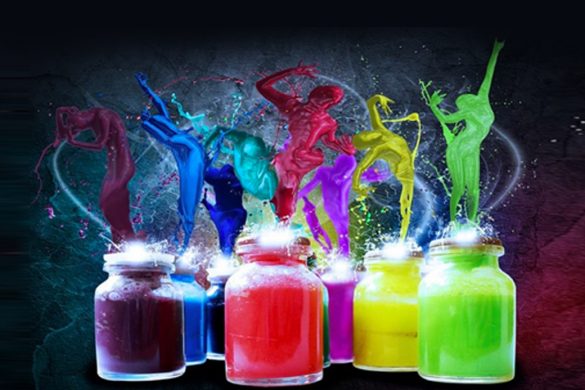
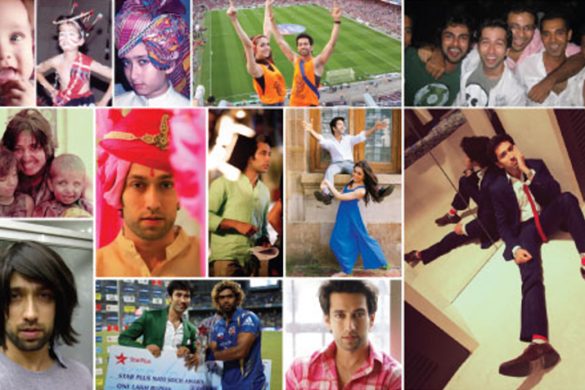
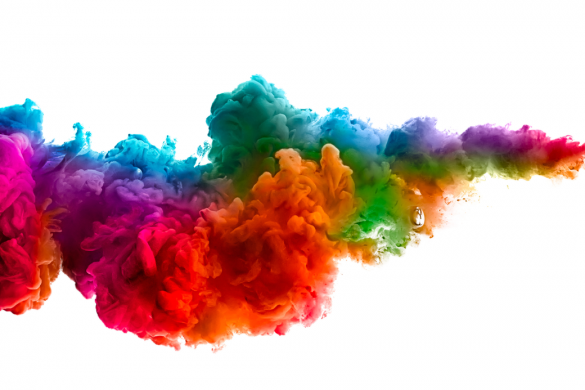
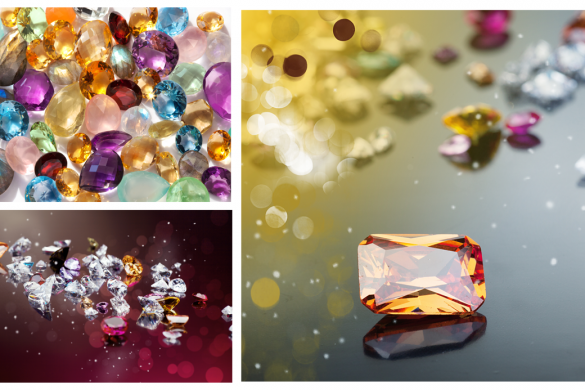
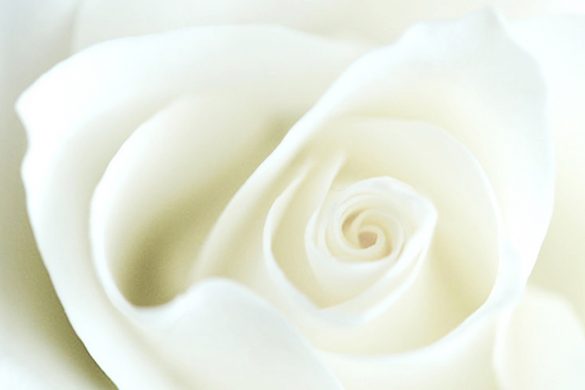

12 comments
A very well written article saying the importance of colours in our life. We have to choose different colours on different aspects of life. Life without colours is really not imaginable. We all should love and accept the different colours coming in our way to get full enjoyment of that particular colour.
Very true… Colours play a very important role in creating the moods and affects the thinking of a person in any given situation… Nice article…
Very good article sir. Life without colours is unimaginable. Definitely colours have an impact on our mood and mind.
I can’t Imagine my life without colors. The intensities of these colors can directly or indirectly, affect the way we think and react in our life. It is a well-written article, really loved it.
A very nice article indeed. Better be colourful than being dull!